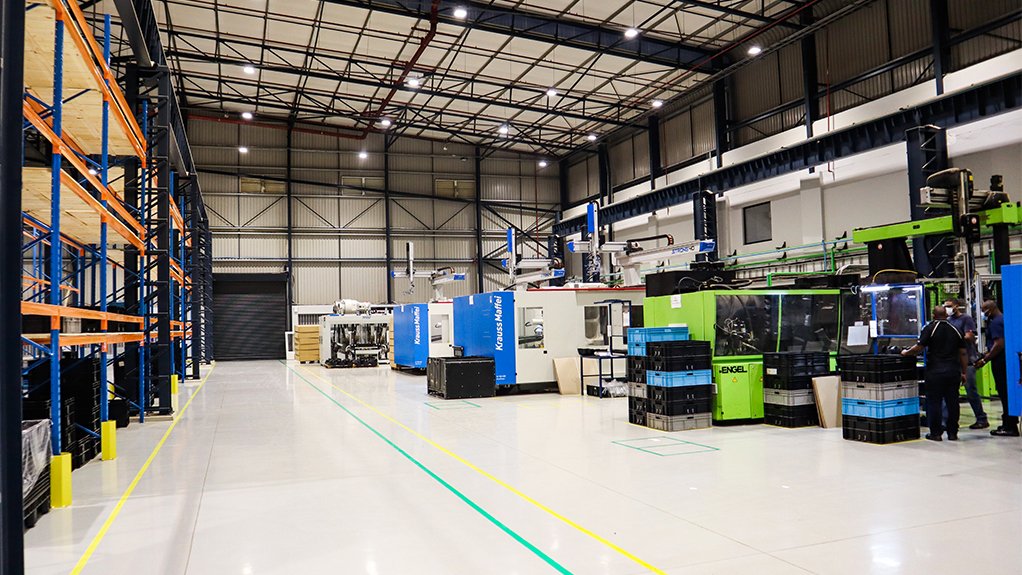Luminaire manufacturer BEKA Schréder’s wireless control system Schréder ITERRA offers a wireless control solution for lighting applications, providing a “robust, cost-effective and futureproof platform” for customers to manage their infrastructure to adapt the lighting while maximising energy savings.
The solution is based on Bluetooth Low Energy (BLE), the wireless communication standard fully compatible with all recent smart devices, including phones and tablets.
BLE pairs the nodes in a network to create a mesh communication layer, ensuring “flawless control” of luminaires, with the ability to add a gateway to the network that will enable the user to control luminaires using the mobile application through an Internet connection, explains BEKA Schréder manufacturing and processing divisional manager Pieter Venter.
Some of the Schréder ITERRA’s primary features are dimming, adapting light colour temperature, allowing for the grouping of luminaires in clusters, creating programmed lighting scenarios, programming lighting animations, defining calendar-based triggers, integrating photocells to harvest daylight, integrating sensors for light-on-demand scenarios and remote control.
BEKA Schréder notes that the solution also manages access rights.
BEKA Schreder creates a lighting design which defines where the Schréder ITERRA nodes should be placed. Groupings of lights are connected to each node, and scenes are programmed to incorporate specific nodes for the scenarios required.
Any light level for any area can be controlled through the nodes, enabling the programmer to properly configure light levels for different times and in different areas, adds Venter.
The Schréder ITERRA programming and commissioning is in line with the lighting design and the desired scenario requirements of the end-users and, once set up, they can exercise complete, yet flexible, control using the application.
He notes that when the automated sequences are established, the user will not have to do anything, as the prescribed scenario – such as a lighting device automatically turning on or off, based on time-based scenes – would play out as programmed without user interaction.
The flexibility is illustrated through the nodes that can be controlled collectively or individually, while any light level in any area can be controlled by adding nodes to a scene.
The nodes, when paired with motion sensors, can be strategically placed in areas where movement, such as in a warehouse or factory, is expected to occur. The sensors can be programmed to increase the brightness of the lights when movement is detected and dimmed to the desired safe level when the area is vacant.
The system saves direct energy on luminaire output by dimming various lights as and when required and enhances the effectiveness of the remote control, eliminating the need for expensive equipment and reducing the amount of downtime required for lighting-related maintenance.
“Dimming the luminaire when and where required not only saves energy, but also increases the lifespan of the luminaire and its components, resulting in a better return on investment,” adds Venter.
Timers can also be set to adjust light at any time of the day and in line with shift changes to ensure that no area is over-lit when no one is there.
Schréder ITERRA is suitable for industrial and large area applications, including car parks, manufacturing plants, laboratories, warehouses, distribution centres, loading bays and waste treatment plants, as well as meeting and conference rooms.
Edited by: Nadine James
Features Deputy Editor
EMAIL THIS ARTICLE SAVE THIS ARTICLE
ARTICLE ENQUIRY
To subscribe email subscriptions@creamermedia.co.za or click here
To advertise email advertising@creamermedia.co.za or click here













